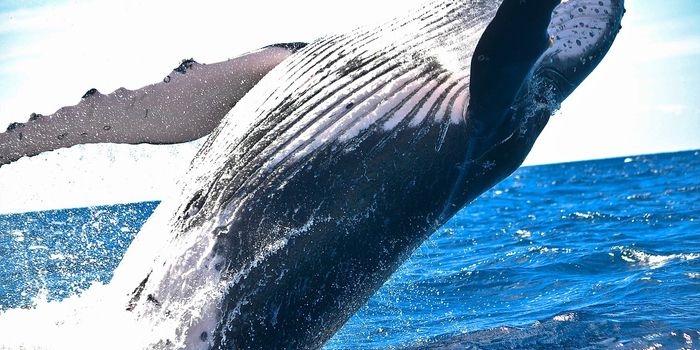Investigating how sea-ice thickness affects warming in Greenland's fjords
An investigation led by Stockholm University Assistant Professor Christian Stranne and published in Communications Earth & Environment reports on the impact of thick sea-ice on warming in the Greenlandic fjords. The study suggests that thick sea-ice outside the fjords can work to increase the sensitivity of Greenlandic fjords to warming.
"These fjords were practically inaccessible to researchers until quite recently because the sea-ice was too thick -- they are some of the least-studied areas on the planet and require a large icebreaker to reach them, even in the summer," says Stranne. The inaccessibility and sea-ice build-up is due to the direction of Arctic Ocean currents; the Beaufort Gyre and Transpolar Drift push ice from across the Arctic up against the northern Greenland coast.
In collaboration with an international team of researchers from Sweden, Greenland, the Netherlands, the USA, and Canada, Stranne conducted expeditions to two fjords in northern Greenland during the summers of 2015 and 2019 to gather measurements. Their aim was to figure out how the presence or absence of the thick sea-ice barrier outside a fjord influences the water temperatures inside the fjord and consequently the melting rate of glaciers and icebergs.
As mentioned above, the team found that thick sea-ice outside the fjords actually increases the sensitivity of Greenlandic fjords to warming. The team’s general findings seem counterintuitive - why would thick sea-ice that is found in colder climates result in warmer surface water temperatures inside the fjords? Science Daily reports:
“Summertime melt produces a warm freshwater layer floating atop saltier water in the fjord; here the sea-ice barrier trapped this meltwater inside the fjord. Because of the difference in salt content, the surface water became isolated also from the water below, allowing time for intense solar heating of the fresher surface water.”
However, says the team, not every fjord acts and reacts in the same way. They found, for example, that fjords along the northern Greenland coast are more sensitive to climate warming than fjords without a sea-ice barrier.
"It's a complex interaction. Overall, we know that warming climate will lead to faster-moving glaciers and less ice on Greenland. But how fast this happens, and to what extent, remains a key research topic," says Stranne.








